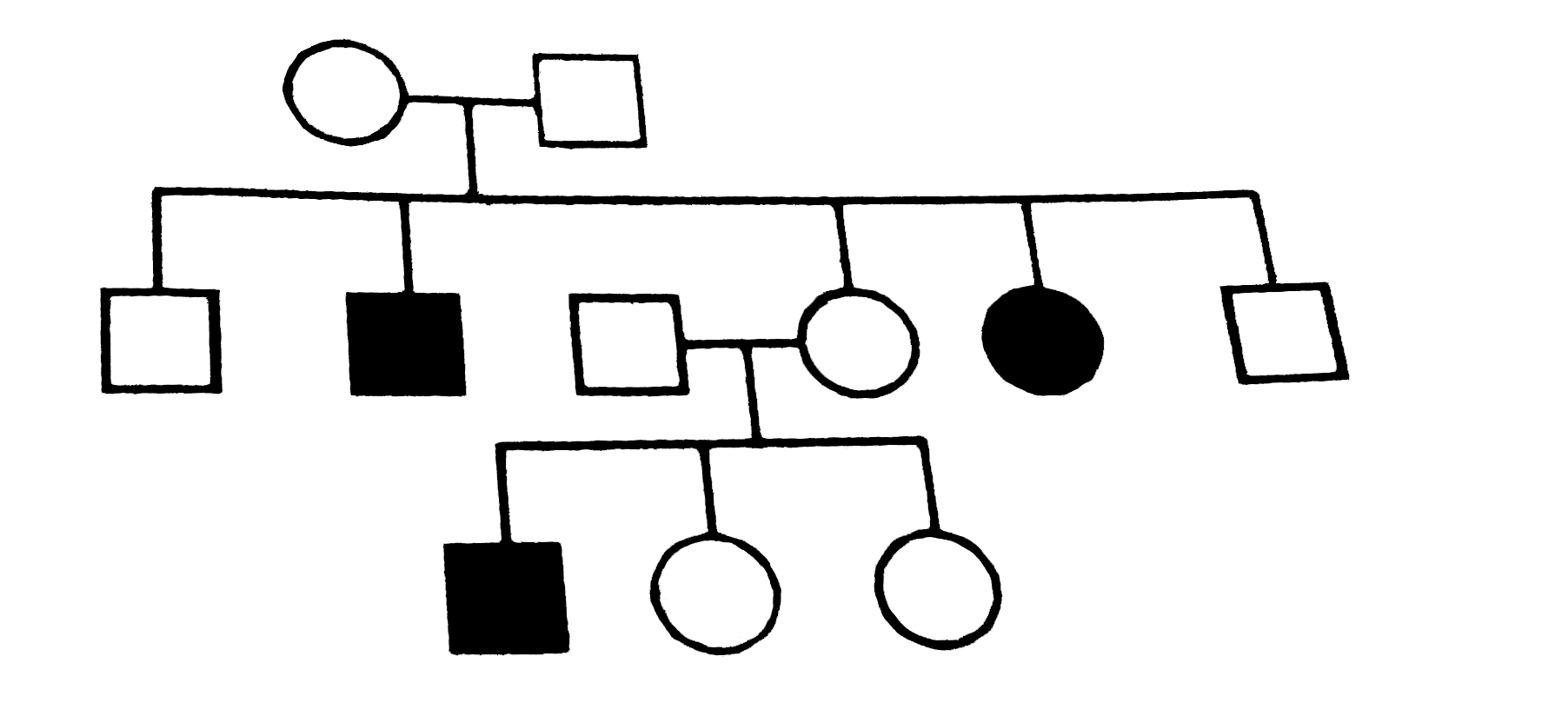A person with sickle cell anaemia is
more prone to malaria
more prone to typhoid
less prone to malaria
less prone to typhoid
The correct Answer is:C
Step-by-Step Solution:
1. Understanding Sickle Cell Anemia:
- Sickle cell anemia is a genetic disorder that affects the shape of red blood cells (RBCs). In this condition, the RBCs become rigid and shaped like a sickle or crescent, rather than being round and flexible.
2. Genetic Mutation:
- The condition is caused by a mutation in the hemoglobin gene. Specifically, at the 6th position of the beta-globin chain of hemoglobin, the amino acid glutamic acid is replaced by valine due to a single nucleotide substitution in the DNA sequence.
3. Effects of the Shape Change:
- The sickle-shaped cells can block blood flow in small blood vessels, leading to pain and potential organ damage. They also have a shorter lifespan than normal RBCs, which can lead to anemia.
4. Geographical Association:
- Sickle cell anemia is particularly prevalent in regions where malaria is common, such as parts of Africa. This is because individuals with sickle cell trait (carriers of one sickle cell allele) have some protection against malaria.
5. Health Implications:
- While individuals with sickle cell anemia can suffer from various health complications, including pain crises and increased risk of infections, they also have a survival advantage in malaria-endemic regions.
- Sickle cell anemia is a genetic disorder that affects the shape of red blood cells (RBCs). In this condition, the RBCs become rigid and shaped like a sickle or crescent, rather than being round and flexible.
- The condition is caused by a mutation in the hemoglobin gene. Specifically, at the 6th position of the beta-globin chain of hemoglobin, the amino acid glutamic acid is replaced by valine due to a single nucleotide substitution in the DNA sequence.
- The sickle-shaped cells can block blood flow in small blood vessels, leading to pain and potential organ damage. They also have a shorter lifespan than normal RBCs, which can lead to anemia.
- Sickle cell anemia is particularly prevalent in regions where malaria is common, such as parts of Africa. This is because individuals with sickle cell trait (carriers of one sickle cell allele) have some protection against malaria.
- While individuals with sickle cell anemia can suffer from various health complications, including pain crises and increased risk of infections, they also have a survival advantage in malaria-endemic regions.
Topper's Solved these Questions
Similar Questions
Sickle cell anemia is
View SolutionSickle cell anemia is
View SolutionSickle cell anaemia is a
View SolutionIn sickle cell anaemia-
View SolutionSickle cell anaemia is due to
View SolutionIf a child is born with sickle - cell anaemia then his /her parents must be :
View SolutionSickle cell anaemia is induced by :
View SolutionGiven below is the pedigree of sickle cell anaemia, in a family

In this the RBC both parents will be -View SolutionIt is said, that the harmful alleles get eliminated from population over a period of time, yet sickle-cell anaemia is persisting in human population. Why?
View SolutionIt is said, that the harmful alleles get eliminated from population over a period of time, yet sickle-cell anaemia is persisting in human population. Why?
View Solution

